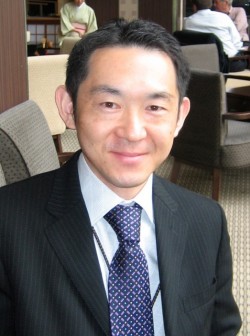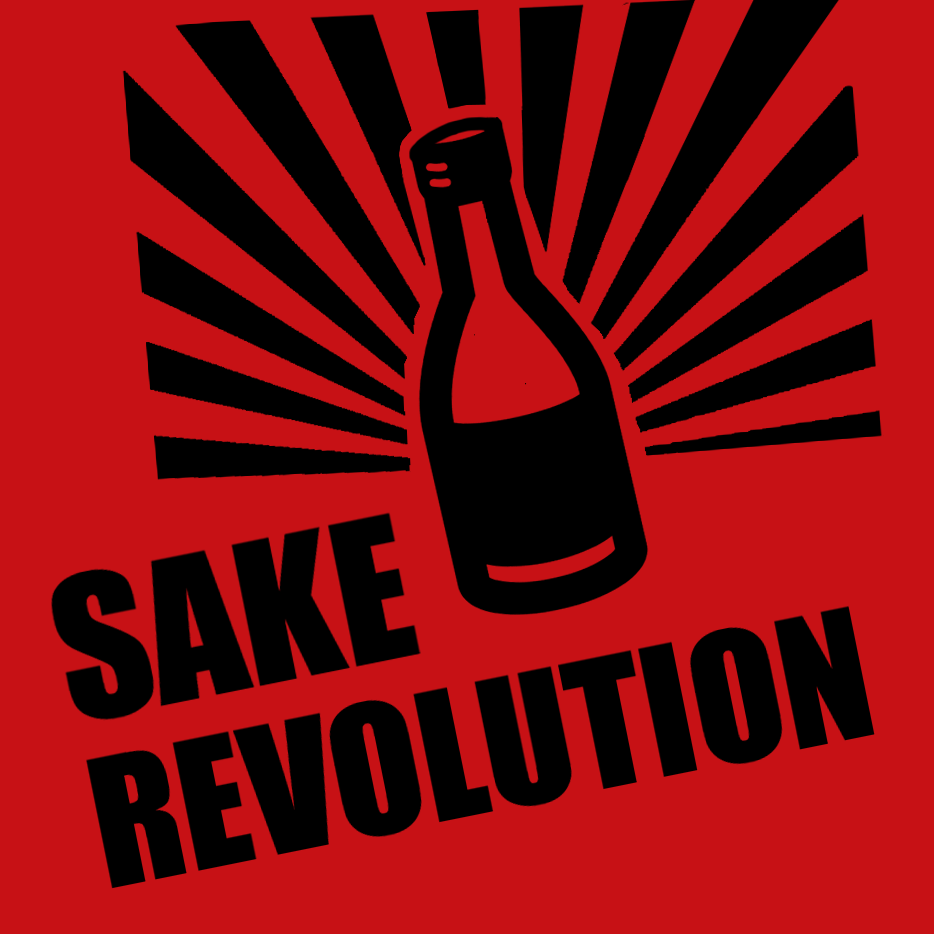Interview: Yohei Ito, Akita Seishu Brewery
Timothy Sullivan: How do you describe your sake to people drinking it for the first time? What is your message to U.S. consumers of your sakes?
Yohei Ito: The history of Japanese sake overlaps with 2,000 years of Japanese history. Please enjoy the wonderful taste of Japanese sake which has been perfected through this long history. At the same time, Japanese Sake continues to evolve. To this end, new types of Japanese sake are being imported to the US. I hope that you have found your favorite Japanese sake.
Timothy Sullivan: What is special about Akita Prefecture that gives your sake it’s unique character? 
 
Yohei Ito: AKITA prefecture, similar to other places known for Japanese sake, is blessed with an abundance of natural resources. Amongst those, there are three things that are particularly unique to Akita Prefecture:
1) Abundance of water sources
The west side of Akita prefecture is coastal while the surrounding north, south and east sides are mountainous. Therefore the rain that falls upon Akita seeps into the surrounding mountains and becomes underground water, which then becomes water sources with many characteristics. These different types of water sources, when used in making sake, create unique taste of the Akita sake.
Our brewery uses the water source from the Dewa mountain range which is a very soft type of water. With this water we use a process such as “Kimoto jikomi†which is a long-term low-temperature fermentation to create a very refined tasting junmai shu.
In addition, we also use a water, rich in minerals, that surfaced from the bottom of the ocean 15,000,000 years ago. This water is used for making sake that is stronger and more vibrant in taste.
2) Abundant variety of sake rice
Akita prefecture is not simply known for rice production but also for its abundant rice varieties. Many types of rice are produced for sake . To name a few, akitasakekomach, miyamanishiki, akinosei, misatonishiki gin no sei, kame no o, are produced as sake rice. In addition there are certain rice that are only grown and harvested in Akita. Such rice also provide character and uniqueness to Akita sake.
3) The existence of a Toji group
In Akita prefecture, we have a group/association of Toji called the “San nai Toji.†Such an association is critical to the improvement/enhancement and sustainability of sake brewing techniques. More recently we see more heirs to breweries also become a toji. This unique environment in Akita has facilitated an opportunity for elder toji and younger successors to collectively compete for better techniques.
Timothy Sullivan: What is the most important factor that influences the taste of your sake? rice? water? koji? Brewing Technique? etc…?
Yohei Ito: The key ingredients that influence the outcome of the taste of our brewery’s sake is not surprisingly the quality of water and the way in which the koji is made, the temperature and length of fermentation. By leveraging the humidity and the cold winter climate, we try to achieve refined flavorful sake.
Timothy Sullivan: What role does modern technology play in your sake brewing? What role does tradition play?
Yohei Ito: Today’s technology creates an environment with improved repeatability which allows us to develop a more superior yeast and koji during the brewing processes. While the traditional techniques (such as kimoto or yamahai style) provide the unique characteristics to the sake’s taste.
Timothy Sullivan: What would your advice be for any Americans who want to learn about sake?
Yohei Ito: Given the complexity of Japanese law and regulations, it seems that it would be hard for an American to learn about Japanese sake. The intriguing part of Japanese sake, similarly to wine, is the variety of tastes that are created from the many regions’ unique history, environment and the brewery. Therefore, I believe that in having an interest and learning the background of the Japanese sake will enhance the drinking experience making the sake even more delicious.
Timothy Sullivan: How do you see the future of sake in the USA?
Yohei Ito: In more metropolitan cities like NYC, there is a growing number of people that love Japanese sake. However for the majority of the people in the US sake remains an unknown beverage. For this reason, I believe that we are merely just beginning to see the potential of sake in the US. For my part, with great enthusiasm, I would like to continue to convey the joy and tastiness of sake to those who have yet to discover. My hope is that someday soon, more Americans are able to identify their favorite sake and effortlessly select from the various types; and I hope to contribute to this effort.
*********
Thank you Ito-san! Very interesting, thoughtful and informative answers! I am happy to hear you are enthusiastic about the future of sake in the U.S.! I am too. I hope many more people here in the States will taste your Kariho and Dewatsuru Brands of sake. Kanpai!



